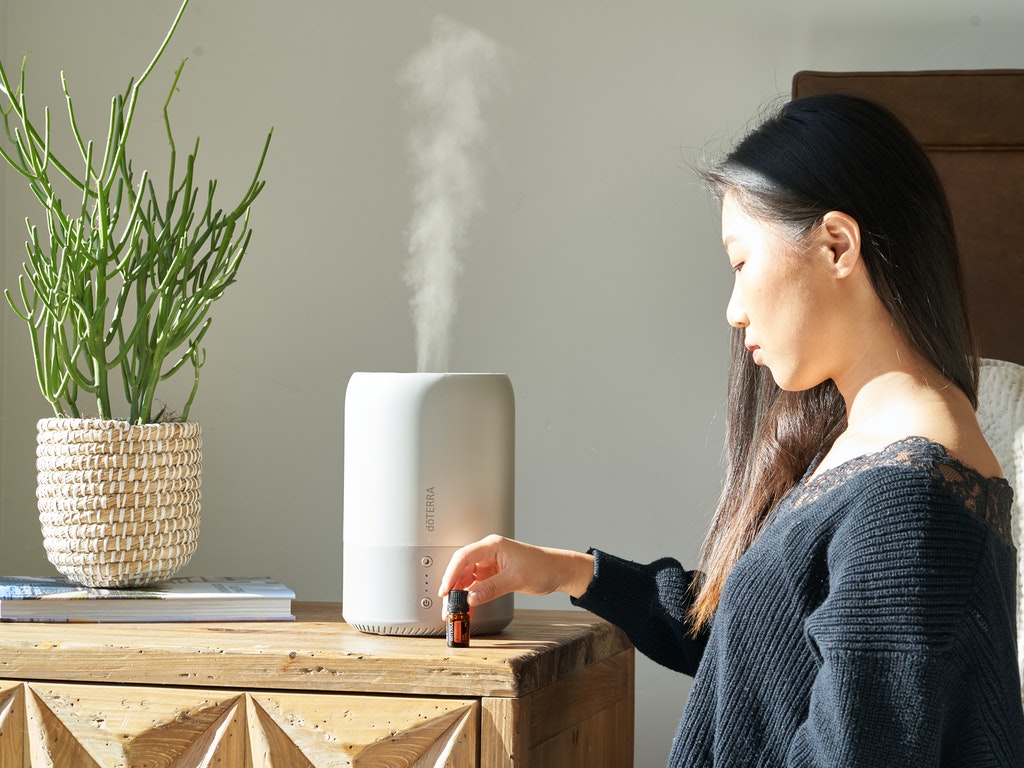Clean air is great for our blood circulation, lungs, heart, and pretty much every other health system. But the air inside our homes is far from clean. Given that many of us spend most of our day at home, it can help to purchase an air purifier that’s capable of filtering pollutants from the air. Here, we’ve made a comprehensive (but quick) list of all the things that need to be taken into consideration when shopping for an air purifier.
Cost of Replacement Filters
Filters used in air purifiers will need to be replaced at least once every six to twelve months. Activated carbon filters will have to be replaced every three months. Most air purifiers have an indicator light that can tell one when it’s time to replace the filters. Since costs for filters can vary between $20 and $200 a pop, it’s important to consider what type of filters are used in a device before making a purchase.
Certifications
There are a few different labels that one should look for before purchasing an air purifier. The first is the Energy Star Logo – models with this logo offer 40% more energy efficiency compared to standard models. The next is the AHAM Verifide sea, which means the device has been tested by the Association of Home Appliance Manufacturers.
Room Size
If an air purifying device has an AHAM Verifide seal, it’s likely that the unit can handle the advertised room size. Still, buyers should be wary about the claims that manufacturers make. Many companies will claim that even their portable models are suitable for large rooms, but this is seldom the case. Portable models are usually small and can, thus, only be effective when used in a small room or to purify a certain area of a larger room.
Noise
Don’t make the mistake of judging an air purifier only based on how well it performs – instead, it’s also important to consider how loud the device is. Since these devices need to be run throughout the day, it’s crucial that they’re not too loud, even in the highest setting.
